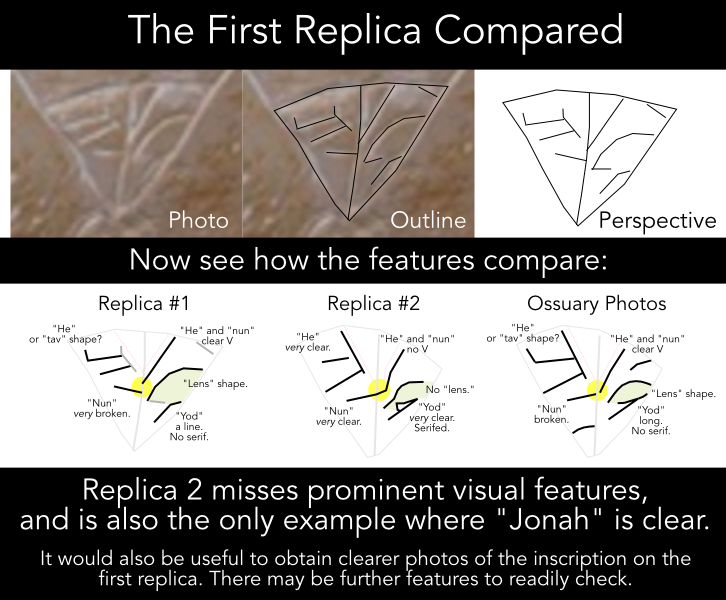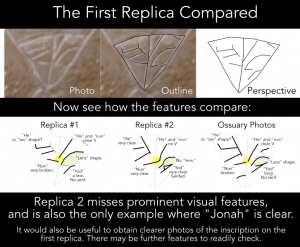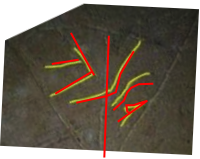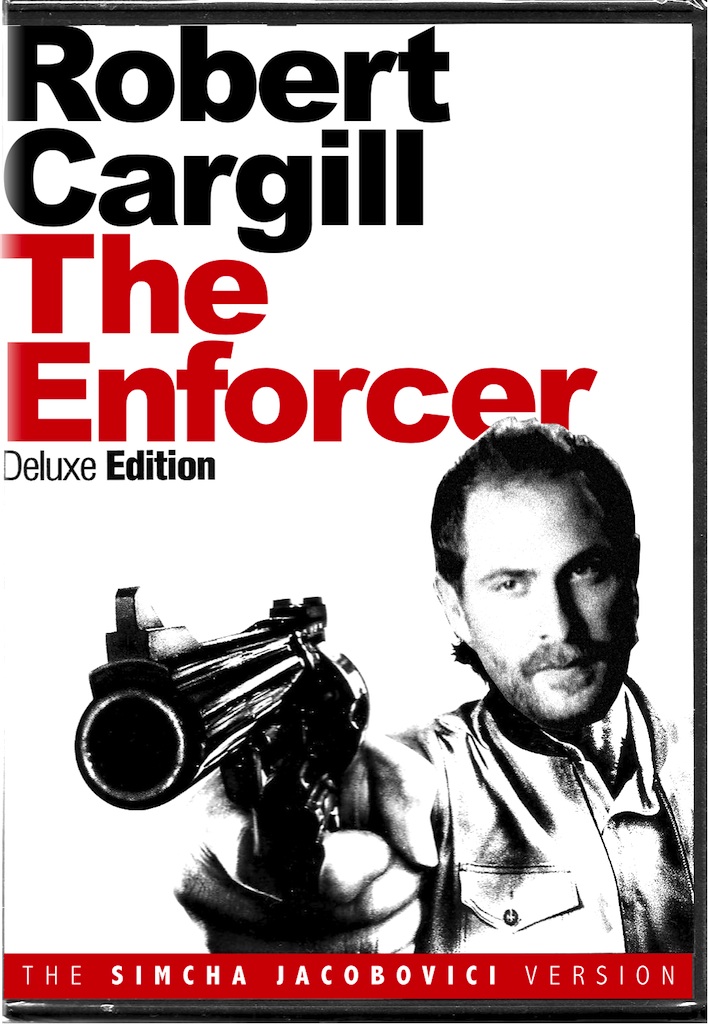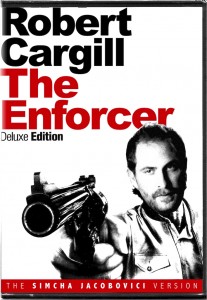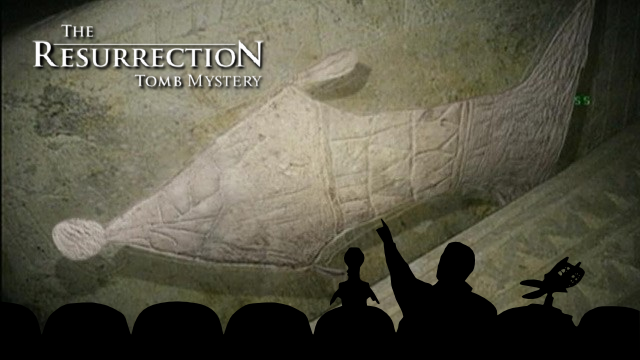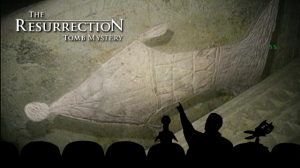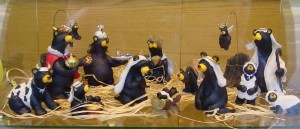 |
This is what Goodacre contends Tabor is insisting upon.
Err.. read on, it’ll make sense in a bit. Promise.
Bear with me. 🙂 |
So for those of you who have been following the latest on the Talpiot Tombs stuff, James Tabor has expressed what he feels is a problem with a common response to the claim that “the names in the Tomb are common” when he believes that they are, in fact, not.
Among those he mentioned who espouse this view is none other than Mark Goodacre, who himself wrote a response challenging Tabor’s list of names as untenable to begin with as a pastiche constructed from the Biblical accounts as well as from extra-Biblical documents.
Confused yet?
Wondering why there are bears at the top of this article?
Well, besides the fact that I like bears, allow me to explain both Tabor’s problem as well as Goodacre’s rebuttal with a metaphor about the Nativity. I’m not poking fun at Tabor or Goodacre (in fact if I’m poking fun at anyone, it is you, kind reader). I am simply trying to explain things in an easier way to understand them. With that in mind:
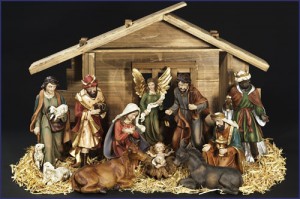 |
There we go. Here’s one that’s more bearable…
.. er I mean *less* bear–.. Nevermind.
You get the idea. |
The Nativity is something that nearly everyone in the western world should be familiar with. It is a vignette of the birth of Christ in the manger with his earthly parents Mary and Joseph, heralded by Angels, given adoration by Shepherds and gifts from the Three Magi: Melchior, Caspar, and Balthazar.
If anyone were to come across these elements together, they would immediately say, “It’s a nativity scene” as that’s simply what’s in one, and this arrangement of elements is more or less unique. One can’t simply say “these elements are common” and that it’s by chance they all fall into the same place as the odds would very well be against them.
This is Tabor’s argument.
But then one asks: Does the Nativity scene actually represent what is in the Bible? All Nativities are actually a combination of the accounts about Jesus’ birth found only in Matthew and Luke. For example, Luke mentions Angels and Shepherds, Matthew does not. Matthew, on the other hand, mentions the Magi, and Luke does not. Some of the details from the scene don’t even occur in the Bible. To pick on the Magi again their traditional number and names are found nowhere in the Biblical account at all. There are also other traditional elements in the Nativity that do not seem to correlate with anything.
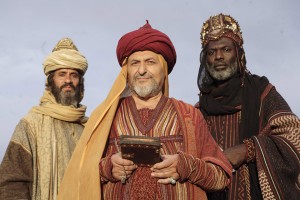 |
Melchior, Caspar, and Balthazar.
These Three Kings of Orient are Mariamēnē.
In Tabor’s argument.
In the Nativity metaphor.
If this is confusing at this point it’s only because you’ve only been skimming the pictures. |
Because this set of elements does not faithfully describe the Biblical account (as to come at this set of elements requires some selective picking and choosing from the Bible as well as picking and choosing from some late sources well outside of the Bible), the actual set, itself is meaningless for historical comparison.
This is Goodacre’s argument.
In summary: Where Tabor wishes to call what looks like it could be a Nativity a Nativity, Goodacre doubts that the Nativity represents the Biblical account in the first place.
I hope this clears things up. 🙂
Peace,
-Steve
